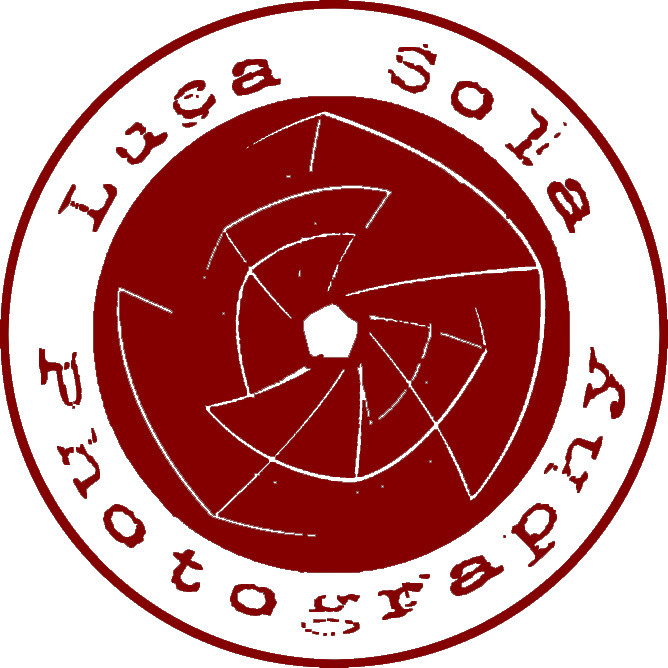
Close

THE ART OF SILENCE. I have been practicing caving for years, at times as a refuge, but more often as a form of exploration. Not in the intellectual or introspective meaning of the word, more practically: if there’s a wall that blocks my vision, I want to see what’s behind it. Among the many people met there’s a physics professor from the University of Turin. A great explorer. He had, and I suppose still has, a singular habit: in the pocket of his caving gear he carried some papers onto which he had transcribed the XXVI Canto of Dante’s Inferno. That of Ulysses.
Unfortunately, life has taken me away from spelunking, from the Art of Silence, as we used to call it. Now life has given me photography. But the custom, borrowed from Giovanni Badino, has remained. The XXVI Canto. Ulysses. Now I carry it too. Even now. Because after all, these two disciplines are not so distant. Marseille is a port. This is a small piece of it, although for such a city shred would be a far more suitable term. This is the shred I saw, as I saw it. Marseille is the third part of a project on the Mediterranean. And the Mediterranean is an illusion, a category of our own. The Mediterranean is the jigsaw puzzle that we would like to make, to see as one piece, for convenience of thought and -for those who can- of intent. Categorizing helps us, it calms us. I chose to tell a story of the Mediterranean, city by city. For each one I have my own Virgil, an author to guide me through the privilege of getting one step further in understanding their city. Jean-Claude Izzo is Marseille’s Virgil. Those who have read him may not find anything of his novels in these images. I, on the other hand, hope to have given his words images to resonate against.